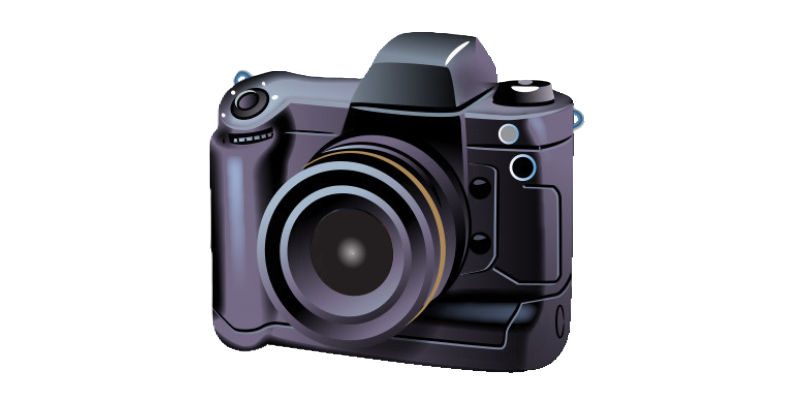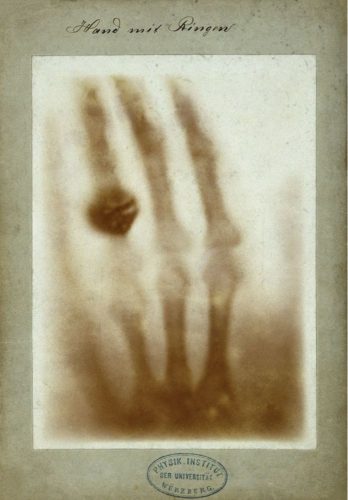By Jackie Trischman, Ph.D.

Photography allows us to capture light as fixed images. You have probably seen many photographs in your life in all forms. They may have been print photos, pictures in magazines, or digital photos on a cell phone or tablet.
But have you ever wondered exactly how these photos get made? From the earliest days of photography, the answer has been chemical reactions caused by light. The first photo taken with a camera occurred in France in 1827. For almost 200 years since then, we’ve used cameras, film, and images printed on paper. These tools let us make pictures we can put in albums, picture frames, and galleries.
Today, modern technology called imaging uses things like sound waves, many types of light, and even streams of electrons to make images we can’t see with our eyes alone. These tools make the images we use for medicine, space exploration, research, and other areas.
Through medical imaging, we can see inside the human body. Medical X-rays, CT scans, and MRIs allow doctors to look inside our bodies in ways never possible before.

On Earth and in space, observatories use different types of imaging. These inventions help us see deeply into the universe and understand it.
Radar uses radio waves to make images in our skies which air traffic controllers use to track the location of airplanes. Ground-penetrating radar can be used to locate pipes and cables underground. It can also be used to find ancient burial sites and structures.
We can also look at things that are very small, like single molecules or atoms, using advanced machines called electron microscopes. We use these special microscopes because atoms and molecules are so small that we can’t even use X-rays, infrared light, ultraviolet light, sound, or radio waves to see them! These images open doors to new discoveries. In this issue of Celebrating Chemistry, you will learn more about how photography and imaging work. It is exciting to think about what we will be able to see in the future, thanks to the creativity of scientists and other creative people.
Jackie Trischman, Ph.D. is Dean of the College of STEM at California State University, San Marcos.

